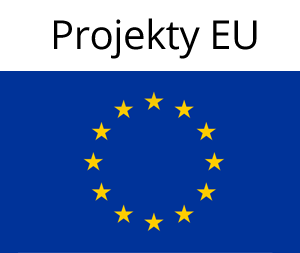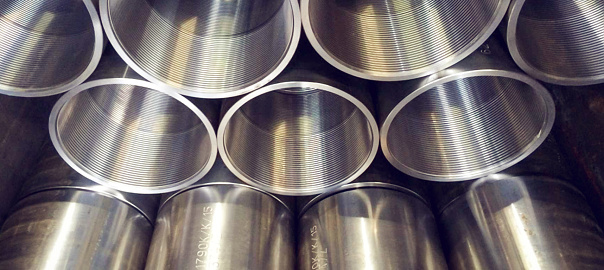Phosphating is a coating method which creates the insoluble phosphate layer on the surface of product. The crystalline layer is electrically nonconductive and insoluble in water or organic solvents. It has very good cohesiveness with base metal and it is suitable as an undercoat layer before painting and coating application. Phosphating protects from corrosion if products are additionally treated with oil, wax or other way. It also facilitates cold pressing.
Effects of phosphate coating
Corrosion protection of steel components in combination with impregnation by oil, grease or wax.
Friction reduction during cold pressing of steel items. Hot reactive soap application is part of the process preparation.
Friction reduction during running-in of steel shafts, sprockets, bearings, etc.
Improved coating adhesion to the metal surface and corrosion prevention when damage coating is damaged.
Phosphate coating technology
Currently we these phosphating technologies:
- rack phosphating
- barrel phosphating
- phosphating in baskets
Types of offered phosphates:
Manganese phosphate coating is mainly used for coating of rotating gears, because it facilitates the running-in of rotating mechanical parts and reduces towing friction.
Thick-layer zinc phosphate for cold forming with desired sliding properties or for preservation.
Thin-layer zinc phosphate for further assembly.
Thin-layer zinc phosphate for further painting.
Due to the quality that our customers demand, we use the phosphating and subsequent impregnation by Henkel products.

